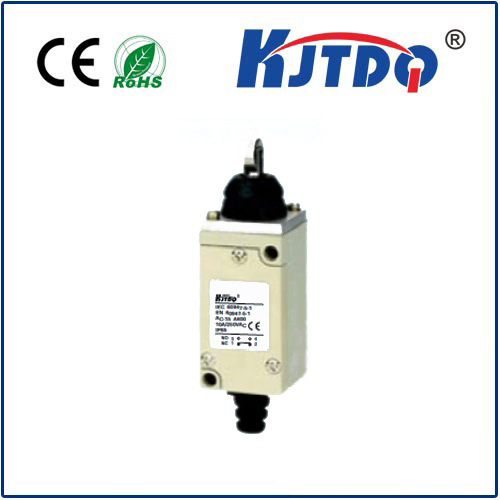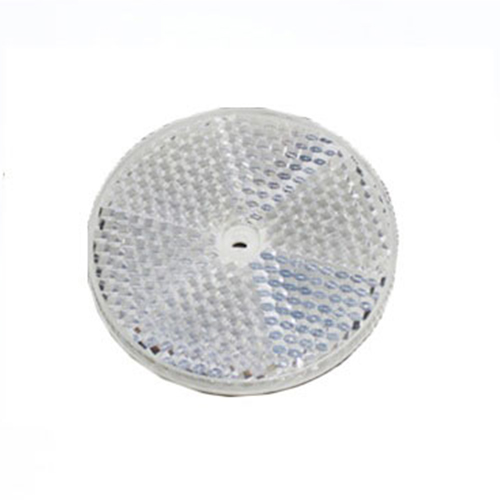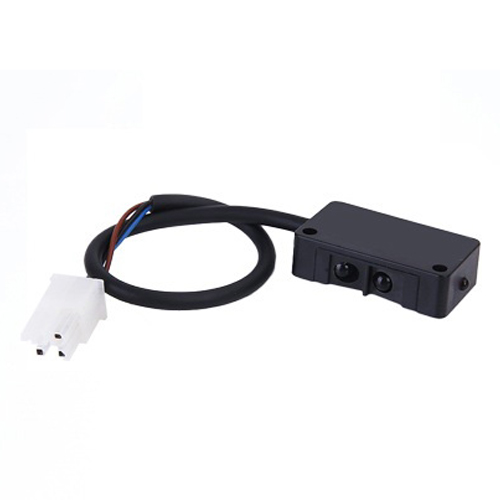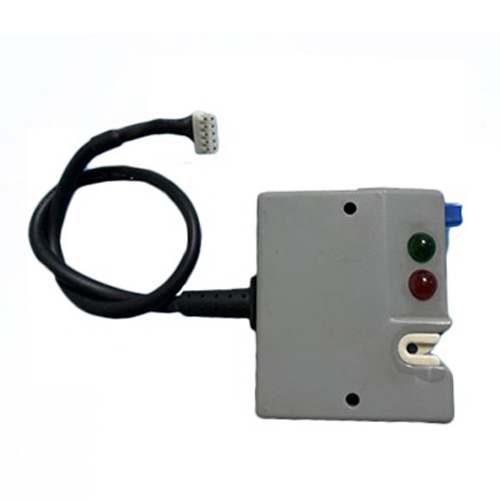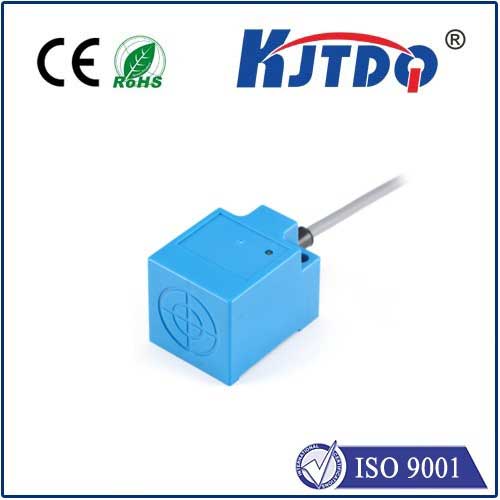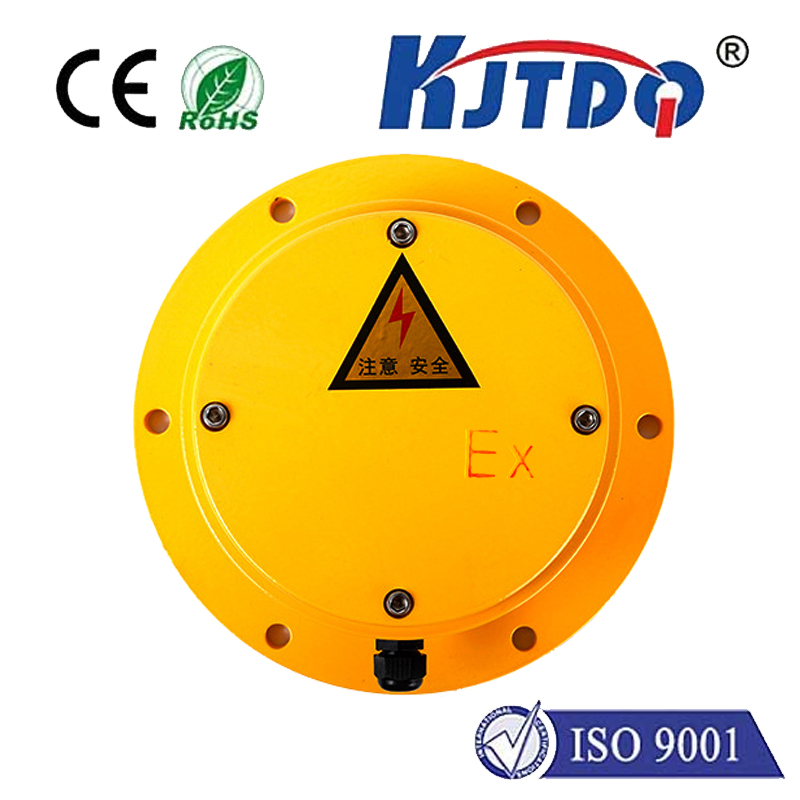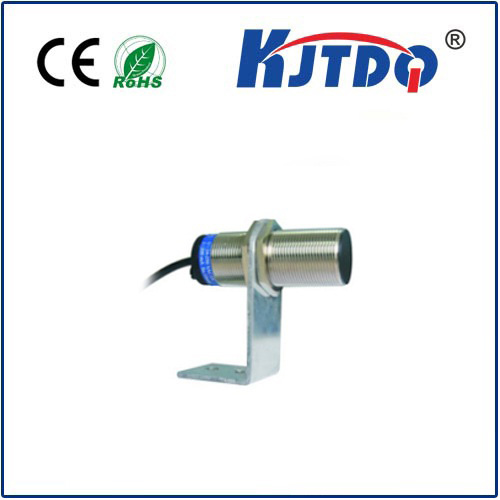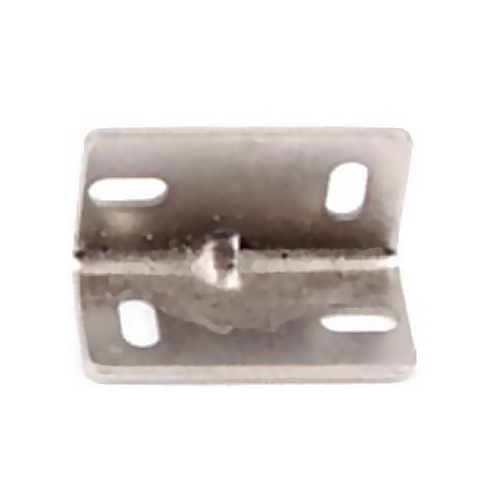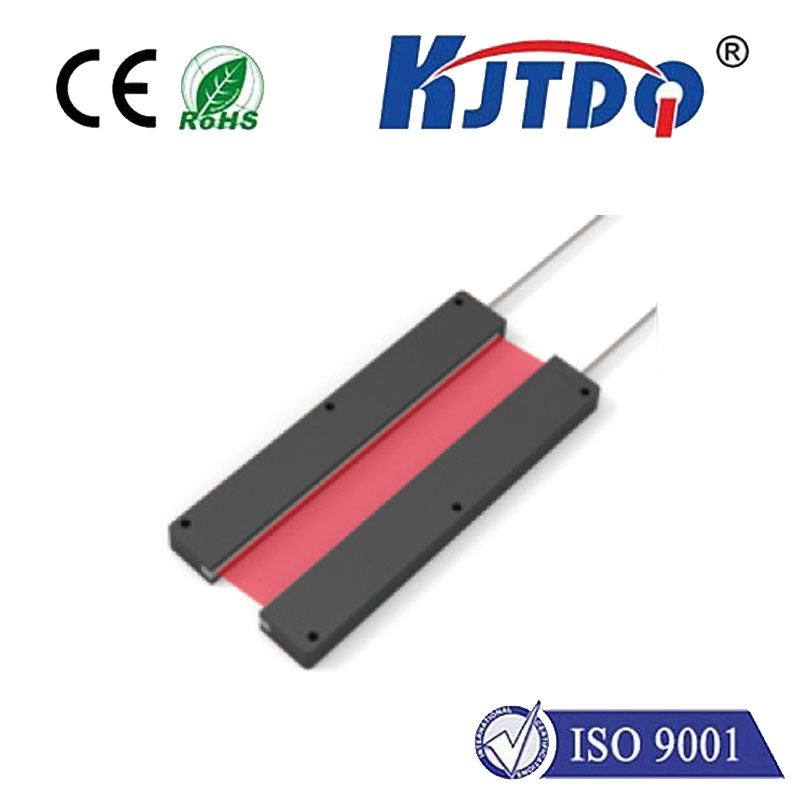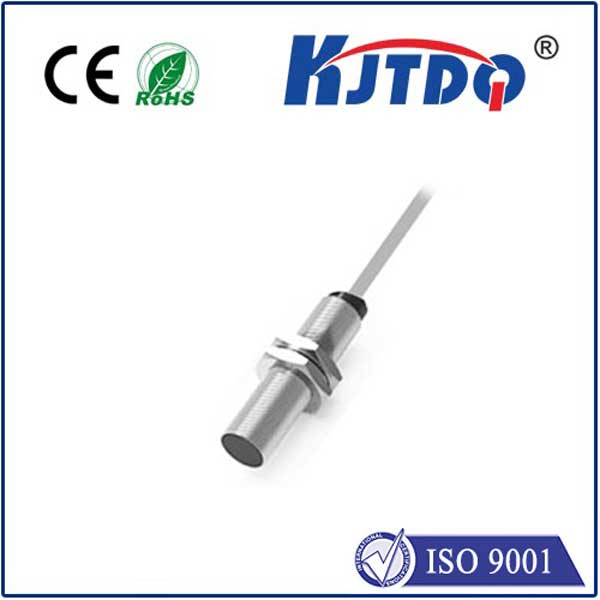BHS004J high pressure proximity sensor
- time:2025-10-01 07:25:23
- Click:0
BHS004J High Pressure Proximity Sensor: The Unseen Guardian of Demanding Industrial Environments
Imagine a massive hydraulic press shaping molten metal, pipelines carrying fluids under immense pressure deep within a chemical plant, or heavy machinery operating in environments where even slight component failure could be catastrophic. In these high-stakes scenarios, reliable, real-time detection isn’t just convenient; it’s paramount to safety, efficiency, and preventing costly downtime. This is precisely where the BHS004J High Pressure Proximity Sensor steps in – a specialized sentinel designed to excel where standard sensors falter. Engineered for resilience and precision, the BHS004J is the solution industries rely on to monitor critical positions and movements within challenging pressurized systems.
Understanding the Core Challenge: Why “High Pressure” Matters
Standard inductive proximity sensors work effectively in countless automation tasks. However, introduce sustained or extreme fluid pressures, and their conventional housings become a vulnerability point. Seals can fail, housings can deform, and internal components can be compromised, leading to unreliable operation or complete sensor breakdown. The high pressure proximity sensor category, including the BHS004J, is specifically designed to withstand these forces. Think environments like:
- Hydraulic Systems: Monitoring piston position, valve actuation, or pressure plate location within cylinders and power units.
- Pneumatic Systems: Detecting cylinder end positions in high-pressure air circuits.
- Oil & Gas/Petrochemical: Position detection on valves, actuators, or submerged equipment dealing with high-pressure pipelines or wellheads.
- High-Pressure Die Casting/Lamination: Ensuring tooling positions are correct before applying immense pressure.
- Test Benches & Pressure Vessels: Verifying component positions or status during high-pressure testing procedures.
The BHS004J: Engineered for Resilience and Performance

The BHS004J isn’t simply labeled “high pressure”; its very construction embodies the robustness required. Key technical features define its capability:
- Exceptional Pressure Rating: At its core, the BHS004J proximity sensor boasts a significantly higher pressure tolerance compared to standard sensors. While specific ratings vary by model and configuration, these sensors are commonly built to withstand pressures ranging from several hundred bar (psi) upwards, making them suitable for demanding hydraulic and pneumatic applications.
- Robust, Pressure-Tight Housing: Constructed typically from high-grade stainless steel (like 303 or 316L variants offer excellent corrosion resistance), the housing is designed to resist deformation and maintain structural integrity under load. Critical sealing technologies, often involving specialized O-rings and welding techniques, ensure the internal electronics remain protected from fluid ingress even under sustained high pressure.
- Non-Contact Inductive Sensing Principle: Like its standard counterparts, the BHS004J operates on the inductive principle. It generates an electromagnetic field. When a metallic target enters this field, eddy currents are induced, causing a change in the sensor’s oscillation amplitude. This change is detected and converted into a clean electrical output signal. This non-contact operation is vital – it means no physical wear occurs on the sensor itself, only on the target (which is usually robust machinery).
- Reliable Switching Function: Providing a stable, clear-cut switching signal (typically PNP or NPN transistor output) upon detecting the specified metal target within its sensing range. This signal is crucial for PLCs (Programmable Logic Controllers) to execute precise control sequences.
- Environmental Toughness: Beyond pressure, the BHS004J high pressure proximity sensor is often built to endure harsh conditions. This can include resistance to vibration, shock, wide temperature fluctuations, and exposure to oils, coolants, and chemicals commonly found in industrial settings.
Industrial Applications: Where the BHS004J Proves Its Worth
The unique capabilities of the BHS004J make it indispensable across various sectors:
- Heavy Machinery & Hydraulic Presses: Monitoring cylinder rod position, verifying mold or tool closing positions, ensuring safety locks are engaged before initiating high-pressure cycles. Preventative detection avoids catastrophic damage.
- Fluid Power Systems: Detecting spool position in high-pressure valves, confirming actuator extension/retraction endpoints in hydraulic and pneumatic systems, providing feedback for proportional valve control. Ensures precise fluid power control.
- Automotive Manufacturing: Used extensively in automated welding lines, press shops (verifying die positions), and engine assembly (e.g., confirming piston position within hydraulic test fixtures). Critical for assembly line precision and safety.
- Oil & Gas Exploration/Processing: Position feedback on subsea valves, actuators on high-pressure piping manifolds, and safety-critical components on drilling rigs where reliability is non-negotiable. Operational integrity depends on accurate sensing.
- Industrial Automation: Any application involving linear actuators operating under high load/pressure, position verification in clamping systems, or detecting presence within high-pressure chambers. Enables smarter, safer automation.
Why Choose the BHS004J Over a Standard Sensor? The Compelling Advantages
Selecting the right sensor for the job is critical. Opting for a specialized high pressure proximity sensor like the BHS004J delivers distinct benefits:
- Unmatched Reliability in Harsh Conditions: Its inherently rugged design ensures consistent performance and signal accuracy even when submerged in high-pressure hydraulic fluid or exposed to intense vibrations. This translates directly to reduced downtime and lower maintenance costs.
- Enhanced Safety: In critical applications like hydraulics or pressure vessels, sensor failure can have severe consequences. The robust build and reliable operation of the BHS004J proximity sensor contribute significantly to overall system safety, preventing unexpected machine movements or pressure releases.
- Longer Lifespan: By being specifically engineered for the environment, the BHS004J suffers less stress and degradation than a standard sensor forced to operate beyond its limits. This increases mean time between failures (MTBF), offering a better return on investment.
- Precision Where It Counts: Maintaining accurate switching points under pressure is vital for process control. The BHS004J is designed to deliver this precision reliably.
- Simplified Integration & Compatibility: Designed to fit standard mounting locations (like M8, M12, M18, or M30 threaded barrels) and offer standard electrical outputs (DC 3-wire), integrating the BHS004J into existing control systems is typically straightforward.
Conclusion: A Critical Component for Robust Automation
The BHS004J High Pressure Proximity Sensor is far more than just a sensor; it’s a vital component enabling safe, efficient, and reliable operation in the most demanding corners of industrial automation. Its specialized construction directly addresses the unique challenges posed by high-pressure environments, offering a level of resilience and dependability that standard sensors cannot match. When operational integrity, safety, and minimizing costly downtime are priorities within hydraulic, pneumatic, or other high-pressure systems, specifying the BHS004J isn’t just a choice – it’s an essential investment in the smooth, safe, and productive running of critical machinery.






